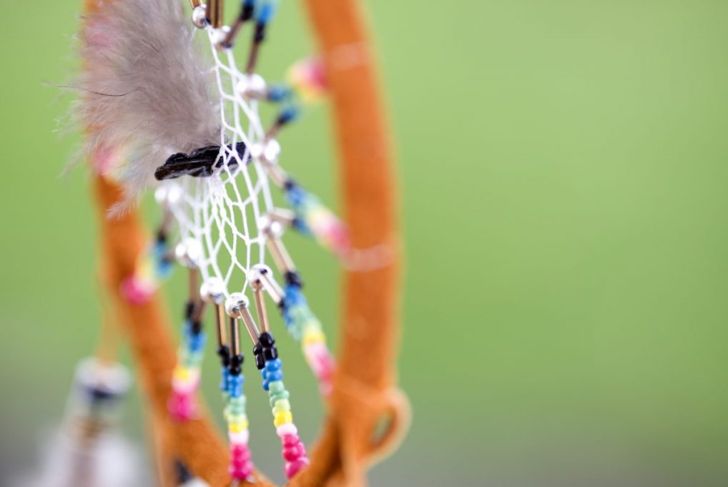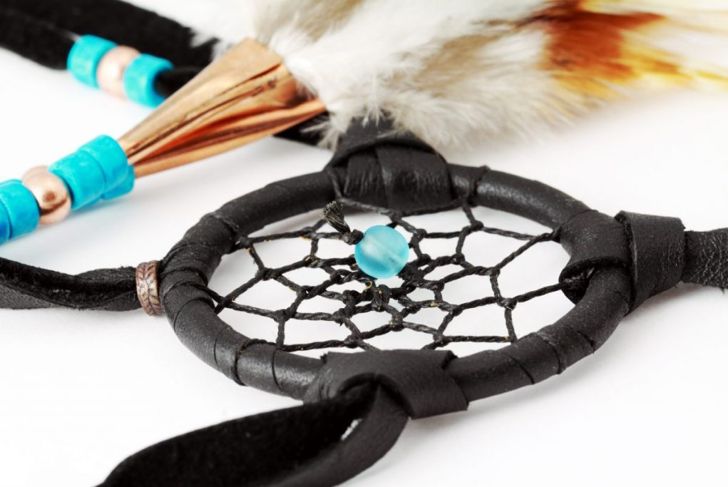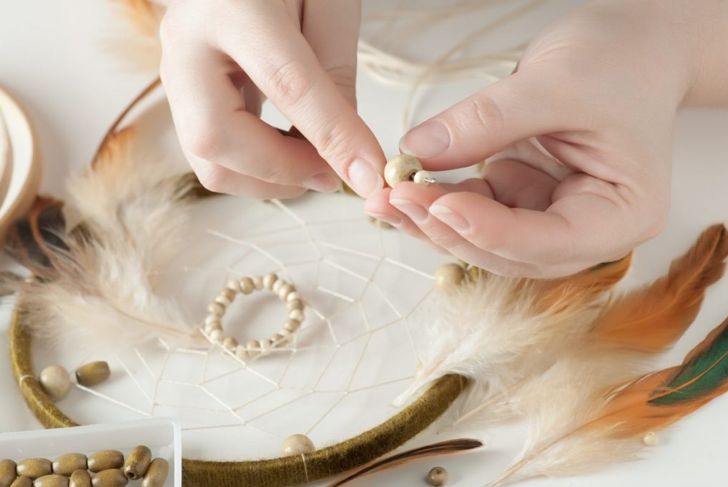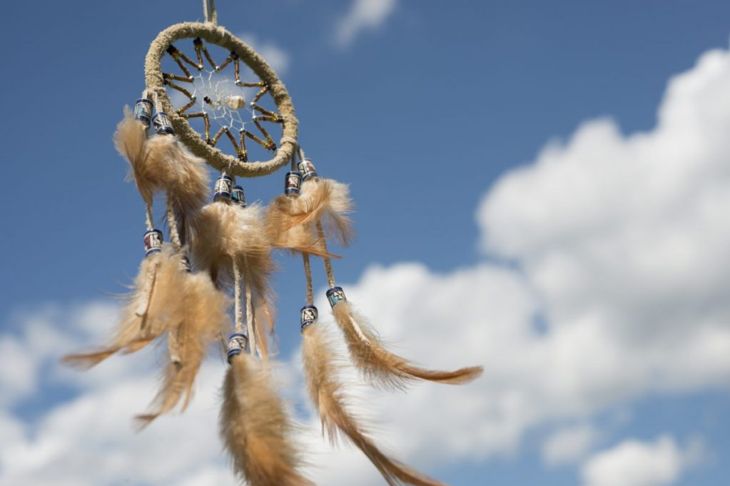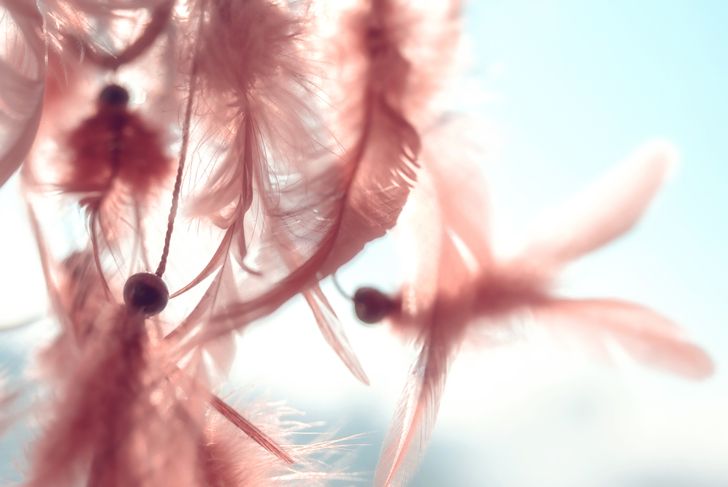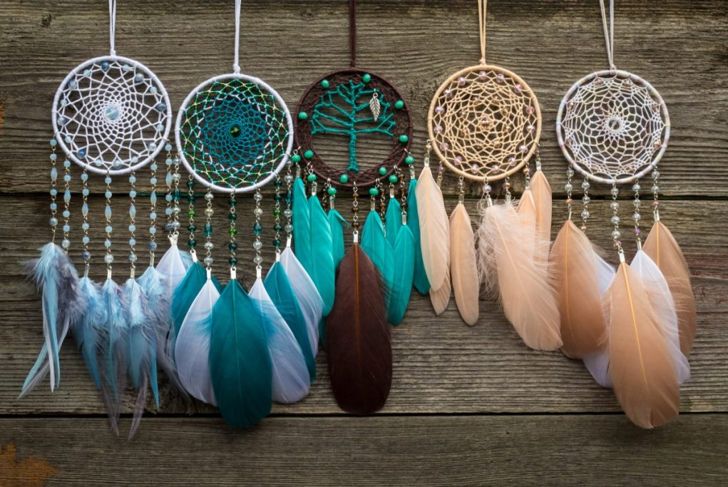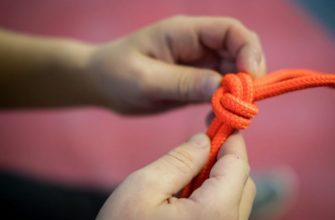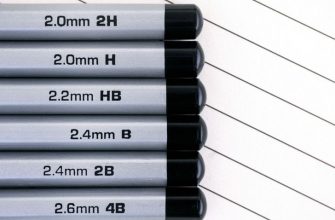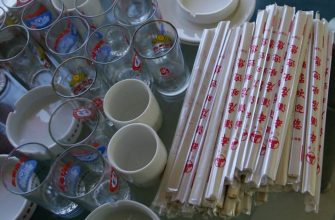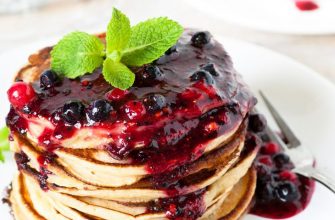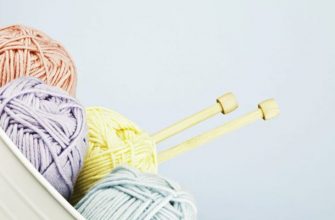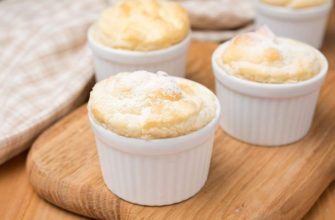Dreamcatchers were originally Native American amulets meant to allow good dreams to reach sleeping people while catching nightmares. The interior of a dreamcatcher is made of web-like materials that snag and hold on to nightmares. Native Americans made dreamcatchers from natural materials such as willow, sinews from animals, stones, and pebbles.Dreamcatchers today are made from a variety of synthetic and natural materials. The purpose of a dreamcatcher may be rooted in traditional ideas of the spiritual world, but sometimes people just like to decorate with them.
Hoops
Metal or wooden hoops used for embroidery make great bases for dreamcatchers. These hoops are available in most crafting or sewing shops. The average size is 5 to 8-inches, but they can be bigger or smaller.Strips of red willow or dried grapevine are good materials for making hoops too. Traditional dreamcatchers were approximately the size of an adult's hand. Make hoops out of willow strips or grapevine by making a circle with a single strand and wrapping more strands around it to strengthen the hoop.
Web Interior
The interior web of the dreamcatcher must be strong and flexible. Waxed nylon string, silk thread, hemp, or artificial sinew are good materials for the web. Measure the width of the hoop and multiply by 10 to determine the length of string needed. Traditional dreamcatchers contain string in natural colors, but many modern designs use bright colors.
Hoop Decoration
Choose ribbon or suede lace to wrap the hoop. Wrapping must be done slowly. Dab a line of craft glue onto a small section of ribbon or lace. Hold one end of the material against the hoop and wrap it around. Make sure the side with the glue contacts the hoop and overlaps the previous layer of lace as wrapping continues. Do not allow any spaces between the layers of lace or ribbon. Each piece should slightly overlap the material wrapped around behind it. Use binder clips to secure the ribbon or lace to the hoop for at least 2 hours to make sure the glue dries.
Starting the Interior Web
Creating the interior web is the most time-consuming part of dreamcatcher construction. Cut the length of string or other chosen material to the correct length and start by tying a knot at the top of the hoop. Make it a double or triple knot, so it stays in place. Stretch the string to another spot on the hoop about 2 inches away from the first knot. Create a hitch by pulling the string tightly around the hoop and back over itself.
Adding Beads
Beads are added after the first layer of web construction is finished. Beads are optional, but they have to be added while the interior web is constructed. String the beads onto the material before looping it over to create the next hitch. Beads can be spaced evenly in a pattern or placed randomly. Be careful not to use too many beads. Beads drag the web into awkward shapes if they are too heavy.
Second Layer of the Web
Work in a clockwise direction making hitches at 2-inch intervals. Loop the string around the entire hoop until it reaches the starting point. Make sure the loops are spaced evenly along the hoop. When the intervals reach the beginning knot, loop the string around the hoop and secure it next to the starting knot. Create a second layer by looping the string around the first line of thread. Loop the string over itself to create a hitch and continue the process until the second layer finished at the top of the hoop.
Finishing Web Layers
Continue looping the string around itself in smaller layers. Repeat the same process that was used to create the first and second layer. Each layer will be smaller until there is only a small circle left in the middle of the web. The web is complete when the circle in the middle is approximately the size of a penny. Pull the string tightly to secure the web, but do not pull too hard. Pulling on the string too hard may warp the hoop or turn the web lopsided. Tie a double or triple knot to secure the web and cut the excess string.
Finishing the Dreamcatcher
Cut a 5-inch piece of ribbon or lace. Tie the ends into a knot to form a small circle. Find the original knot on the hoop and secure the lace around it by pushing the knotted ribbon through the loop. Pull the string and lace tightly to form a hanging loop. The dreamcatcher can be decorated with strips of hanging fabric now. Use any type of fabric such as suede, ribbon, silk, velvet, or even leather. Loop the fabric around the hoop to hang off the sides or bottom of the dreamcatcher. Beads can be strung onto the hanging fabric strips as well.
Decorative Feathers
Group four to five feathers together. The dreamcatcher is finished at this point, so the only additions are decorative. Many people use small feathers to decorate dreamcatchers. Small binder clips are good for holding groups of feathers together. Use a piece of string to weave around the feather stems and tie them together. Tie and knot the other end of the string on the bottom of the dream cater to secure feathers to the hoop.
Dreamcatcher Personalization and Placement
Dreamcatchers are traditionally hung right over the bed or at windows to catch bad dreams before they make it into a home. Dreamcatchers are sometimes decorated with glass beads or hung with small colored glass pieces to catch sunlight at windows. Seashells, marbles, and other ornaments can be added to dreamcatchers as well. The decorative materials are entirely up to the creator.

 Home
Home Health
Health Diet & Nutrition
Diet & Nutrition Living Well
Living Well More
More
